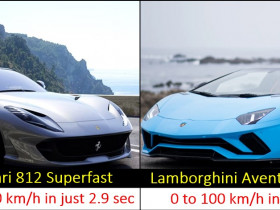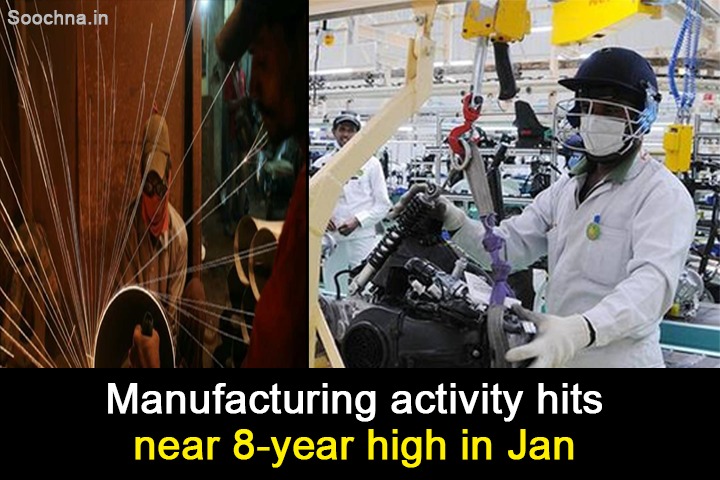No products in the cart.
Why you Should not Invest in a Low Price Inverter
An inverter refers to an electronic device that converts direct current electricity from a battery into alternating current, or AC, electricity. This AC electricity is then distributed to wall outlets so that the users can power the appliances and devices easily. Inverters allow for improved energy efficiency and can provide a reliable and secure electricity source. They can also provide an additional layer of protection during power outages and are an alternative option for backup generators in the event of a natural disaster. With the advancement of technology and modern technology, the advantages of inverters are more valuable now than ever before. Investing in one of these devices is a worthwhile choice that can offer numerous benefits in the long run.
When investing in an inverter, it is important to consider not only the unit’s cost but also the investment’s long-term financial impact. For this reason, it is often wise to avoid the temptation of a low price inverter.
6 Reasons Why One Must Not Invest in a Low Price Inverter
- Reduced Efficiency
The decreased efficiency of a low price inverter is clearly the most noticeable financial drawback. This is because the inverter’s parts are of inferior quality, which causes more power to be lost during the conversion process. Higher electricity bills will result from this inefficiency because more energy must be produced to power appliances and devices.
- Unreliable Performance
Low price inverters are also notorious for delivering inconsistent performance. Even when the unit receives the same amount of power, the quantity of power transferred to outlets may differ, resulting in uneven power delivery.
- Increased Risk
Electrical problems, such asshort circuits and power surges are more likely to occur when you install a low price inverter. These issues may be harmful and deadly, necessitating pricey repairs and replacements.
- High Maintenance Cost
A low price inverter typically has higher maintenance costs than an inverter of higher quality. The low price inverter parts will require more frequent replacements because they are more likely to break down, which can be an expensive process.
- Limited Warranty Coverage
Low price inverters come with limited warranty coverage; therefore, if the unit does malfunction, the consumer will not be able to take the full benefit of the protection that a higher-quality inverter may offer. Ultimately, this limits the consumer’s ability to make a claim on any repairs, replacements, or refunds that may be necessary when using the low price inverter.
- Poor Life Expectancy
Low price inverter is more susceptible to failure after a few years of use since its parts are of inferior quality. As a result, the customer will need to buy a new device to power their home.
Conclusion
The bottom line is that when purchasing an inverter, it’s crucial to take into account both the unit’s price as well as the potential long-term financial effects. Inverters that are inexpensive at first glance could seem appealing, but with time, their decreased efficiency, unpredictable performance, and higher maintenance expenses can lead to a false economy. These can also result in long-term difficulties like decreased life expectancy and an elevated chance of electrical troubles, as well as short-term issues like subpar components and restricted warranty coverage.
For this reason, it is worthwhile to think about purchasing a higher-quality inverter that is more dependable and has a longer warranty. Though initially more expensive, doing this could result in huge savings in the long-term interval. Luminous inverters offer an efficient and reliable source of backup electricity and essential support to your home and business appliances. With these power inverters, users can rest assured they will have access to consistent and reliable power in case of a power outage. Furthermore, users have access to convenience and portability. With all of these qualities, it is easy to see why Luminous inverters are such a popular choice for homes.












